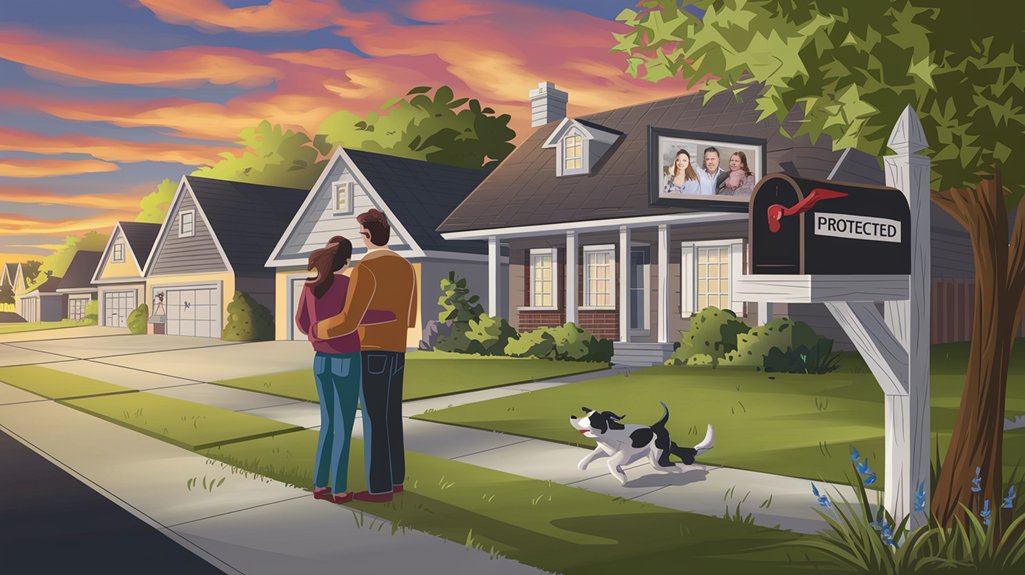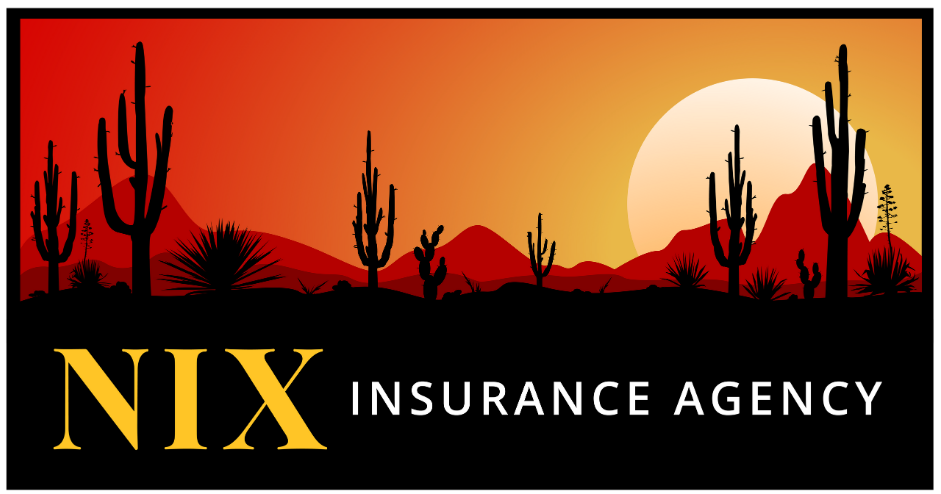5 Costly Insurance Myths Phoenix Residents Need to Stop Believing
You might think you know everything about coverage, yet insurance myths Phoenix households hear every day can leave finances exposed. This guide—backed by the 30‑year expertise of Phoenix Arizona Insurance—explains why the right policy matters for every income level.
Key Takeaways
- Insurance safeguards wealth at all income levels, not just the affluent.
- Policies differ in limits, exclusions and price; “one‑size‑fits‑all” does not exist.
- Premiums cost far less than paying for medical bills, lawsuits or property loss out‑of‑pocket.
- Young, healthy adults still face accidents and illness—early coverage locks in lower rates.
- One minor claim seldom triggers automatic premium hikes; many carriers offer accident forgiveness.
Myth 1: Only Wealthy Individuals Need Insurance

Risk never checks a bank statement first. Whether you rent a studio or own multiple properties, one car crash or liability lawsuit can erase years of savings. Affordable auto, home, renters and umbrella policies convert catastrophic loss into a manageable monthly cost, keeping long‑term goals intact.
Myth 2: All Policies Offer the Same Protection

Every carrier and policy form uses different definitions, limits and exclusions. Below is a quick comparison:
| Policy Type | Coverage Level |
|---|---|
| Basic | Essential state‑minimum or named‑peril protection |
| Standard | Broader limits plus common endorsements |
| Comprehensive | All‑risk wording with high liability ceilings |
| Customizable | Tailored riders for valuables, home‑office gear, specialty vehicles |
A careful review of declarations, deductibles and optional riders ensures you pay only for protection you actually need—no more, no less.
Myth 3: Insurance Is a Waste of Money

The Insurance Information Institute shows average U.S. residential fire claims top $80,000. Compare that to a homeowners premium of roughly $1,300 per year statewide. Similar math applies to auto liability, medical bills and cyber‑crime losses: premia are tiny relative to potential payouts.
Myth 4: Young and Healthy People Don’t Need Coverage
Emergency room visits in Maricopa County routinely exceed $2,000 before specialist or imaging fees. A broken collarbone on an uninsured weekend cyclist can snowball past $10,000 fast. Starting coverage early locks in lower health, life and disability premiums—gains that compound just like retirement interest.
Myth 5: Filing One Claim Automatically Raises Premiums
Insurers score risk holistically: driving record, previous claims frequency, incident severity and even regional fraud statistics. Many companies forgive the first at‑fault auto accident or small homeowner claim, especially when the policyholder maintains a clean record otherwise.
Frequently Asked Questions
How Can I Choose the Right Policy?
List assets you can’t afford to lose, then match policies that cover those risks. Check liability ceilings, deductibles and any exclusions (for example, flood or earthquake). An independent agent can quote several carriers side‑by‑side.
What Besides Claims Influences Premiums?
Credit score, safety devices, ZIP‑code crime data, roof age, annual mileage and even billing plan (pay‑in‑full discounts) all play a role.
Do Bundles Really Save Money?
Yes—multi‑policy packages often reduce each line by 10‑25 % and streamline renewals.
How Often Should Coverage Be Reviewed?
Annually, or after a life event such as marriage, a home purchase, job change or significant home upgrade.
What If My Claim Is Denied?
Request the denial letter, gather supporting documentation and appeal in writing. A licensed agent can help escalate unresolved issues to the state Department of Insurance if needed.
Ready for advice tailored to your situation? Contact Phoenix Arizona Insurance for a free, no‑obligation quote today.




